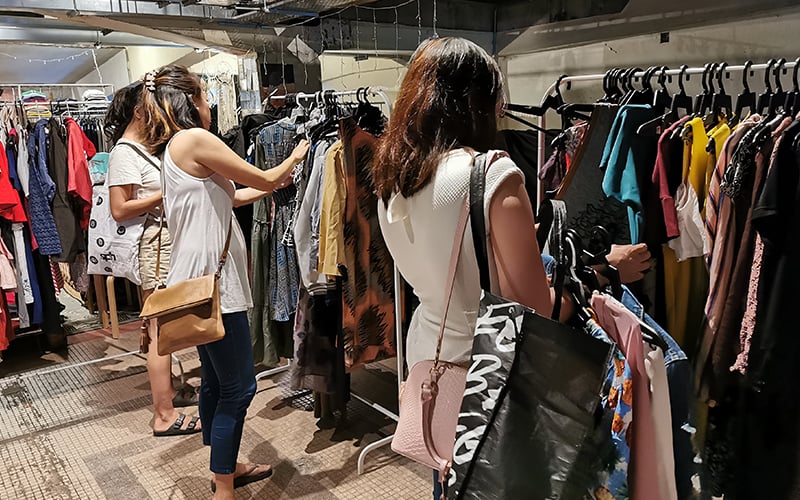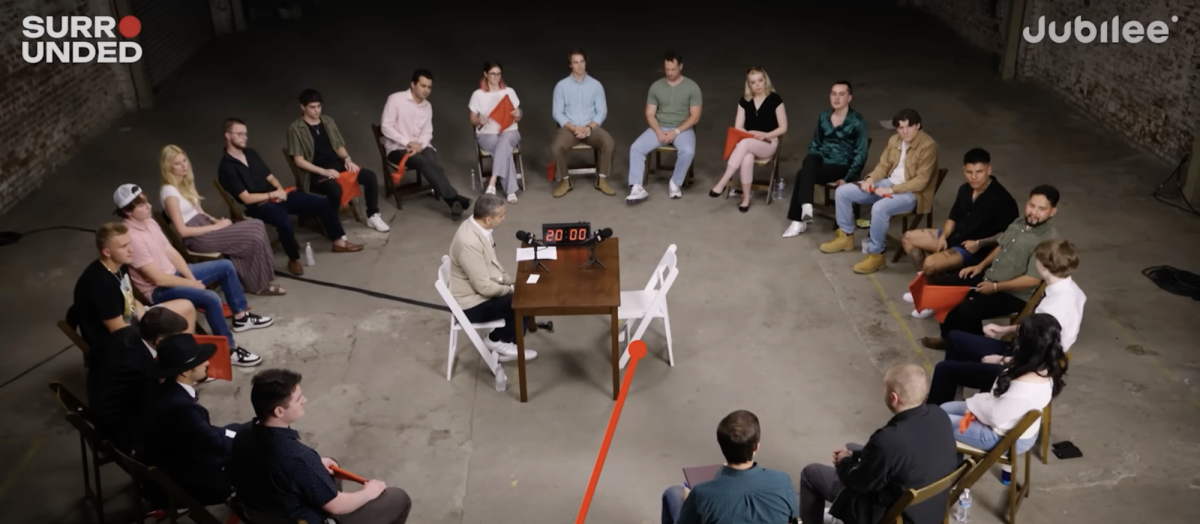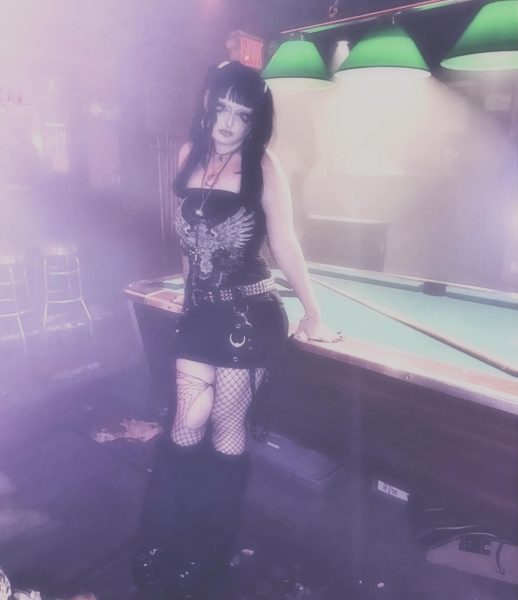TikTok has had a detrimental impact on fashion, but we can bring it back—we just have to disconnect. Fashion can convey political beliefs; it is an expression of personality, lifestyle, creativity and even music taste. Now, especially with alternative fashions, it’s often reduced to a cash grab. Subcultures have been watered down to mere hashtags.
One of the most glaring examples is the emergence of conservative or right-wing punks. Social media influencers who dress as punk often completely misinterpret or ignore what the subculture stands for. They profit off the style while contradicting the core principles that the culture was built on: far-left and anarchist views. These views fundamentally oppose right-wing agendas. I’ve even seen wealthy creators do ads for fast fashion brands while dressing alternatively and identifying with labels like “goth” or “punk.” Ironically, buying mass-produced clothing to mimic punk fashion supports big corporations and fuels capitalism, opposing the punk ethos.
The most absurd trend I’ve seen is the emergence of “clean girl” versions of subcultures meant to be eccentric and outlandish. Styles like gyaru or goth are being watered down so much that people who dress traditionally within these subcultures are ridiculed by those who have “beautified” the look to fit mainstream standards, completely missing the point of why these styles exist. These communities embrace and encourage creativity, especially with makeup. They were created as safe spaces for people to dress eccentrically without judgment.
To truly understand the issue, we must recognize that it’s not the clothes alone that define a subculture. The music and beliefs associated with these styles are what truly matter. Aligning with political ideals or participating in the music genre classifies someone as part of that community. Focusing solely on clothing is materialistic and takes from the essence of these subcultures. For example, punk isn’t just about leather jackets and safety pins; it’s about rejecting oppressive systems and embracing individualism. Goth isn’t merely dark clothing; it’s a love for gothic music and art. Gyaru isn’t just bold makeup; it represents a rebellious attitude against traditional Japanese beauty standards.
We’re also seeing a pattern where influencers prioritize aesthetics over authenticity. Social media encourages people to treat fashion as disposable, hopping from one trend to the next without understanding the cultural or historical significance behind the styles they’re appropriating. This commercialization erases the deeper meaning and turns subcultures into shallow performances aimed at gaining likes and follows.
Traditional communities within subcultures play a crucial role in preserving authenticity, educating outsiders, and resisting mainstream appropriation. By creating alternative spaces, like independent fashion movements, and advocating for ethical, slow fashion, they push back against the disposability of trends. Social media plays a hand in activism that further empowers them to demand accountability from brands and influencers, ensuring that their histories are acknowledged rather than erased. Through these efforts, they keep fashion meaningful, resisting commercialization while reinforcing self-expression and cultural integrity.
Anyone interested in fashion should educate themselves on the origins and values of specific subcultures. Acknowledge their history and give credit to those who shaped them. To truly bring back the integrity of fashion, we need to let go of fleeting trends, disconnect from the internet and explore the rich world of cultural clothing– both mainstream and underground. Be brave and bold. Recognize history and support what is right. Fashion can be beautiful, but it can also be your voice. Let’s ensure that voice remains authentic and meaningful.








